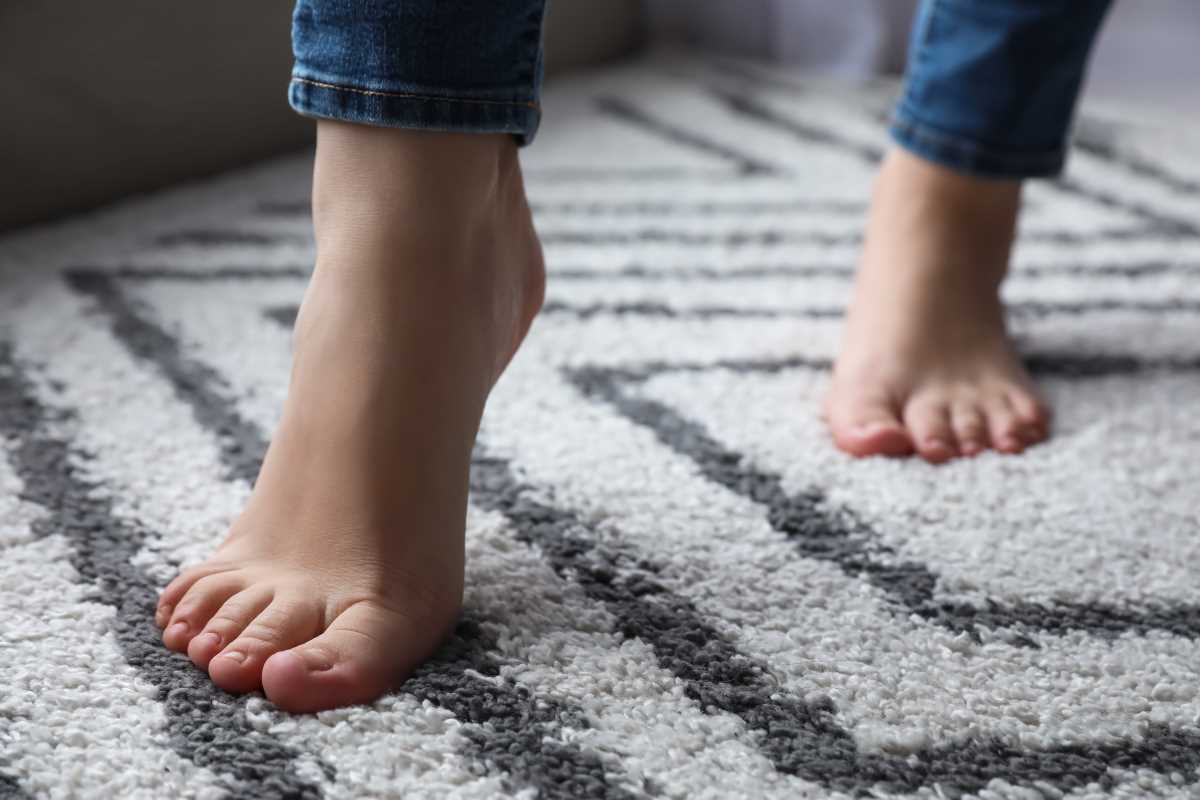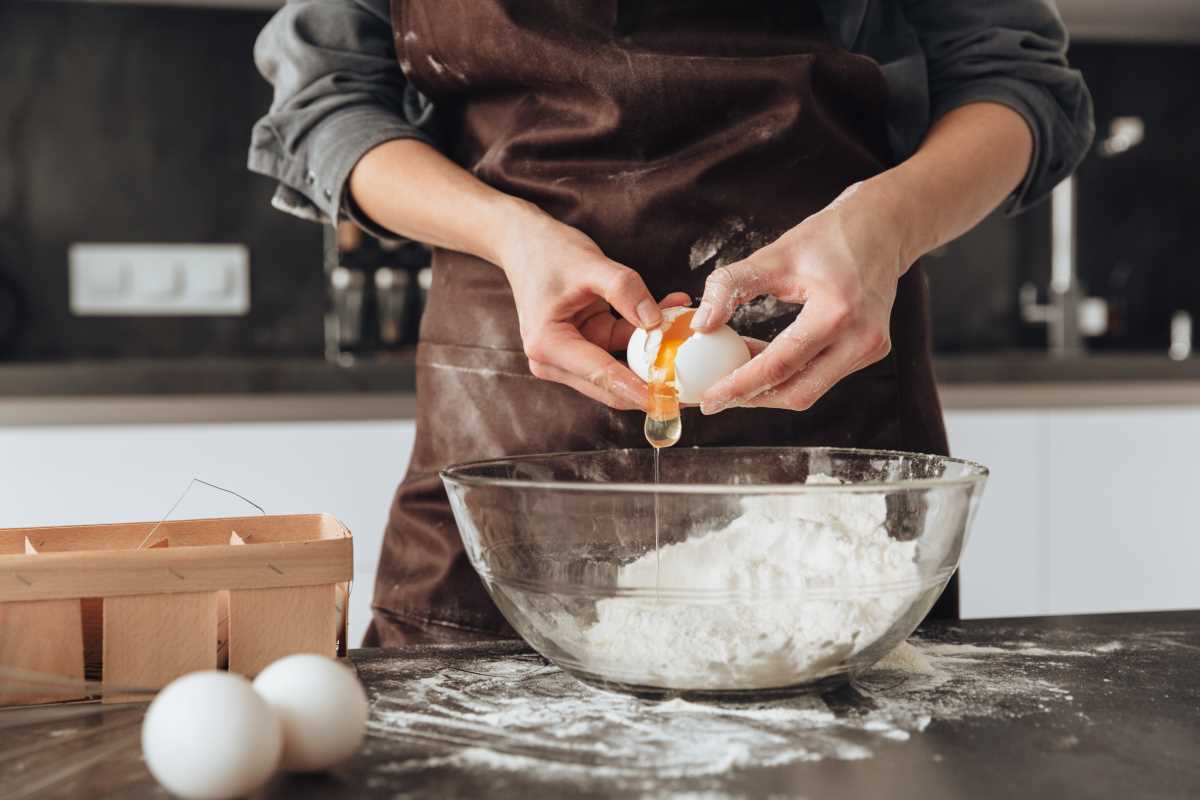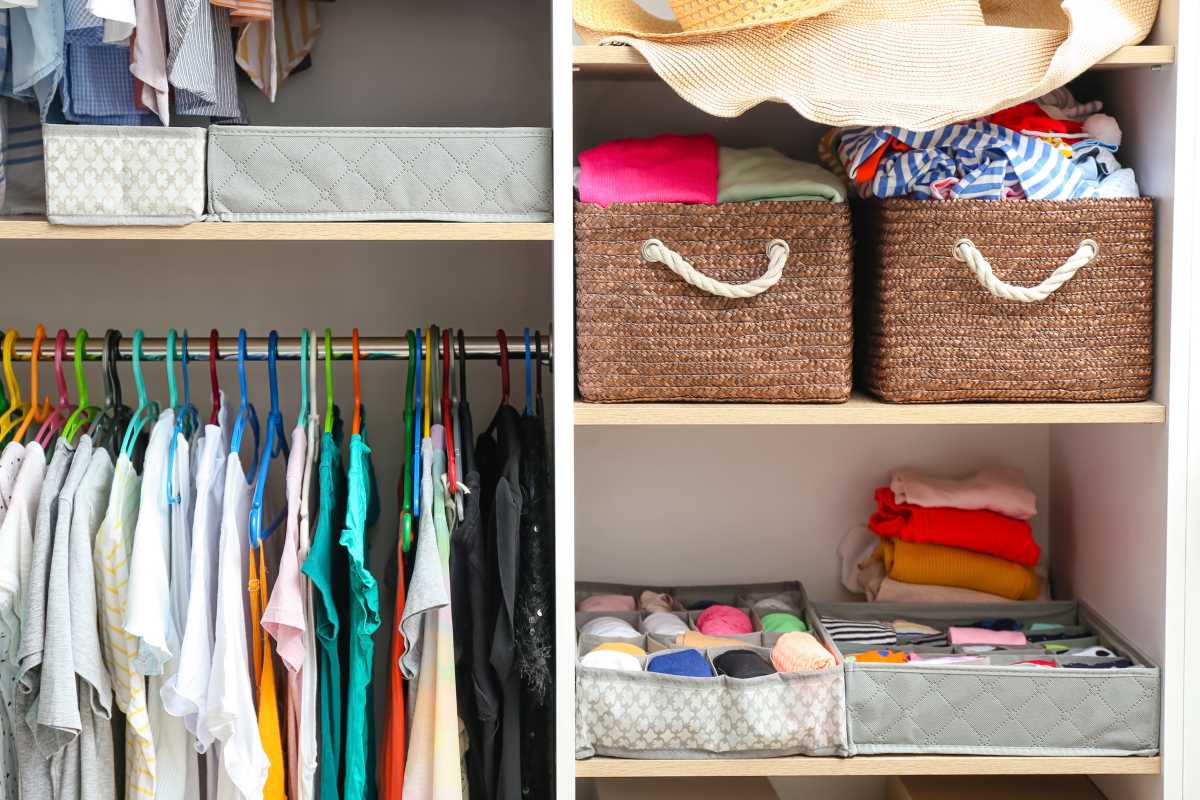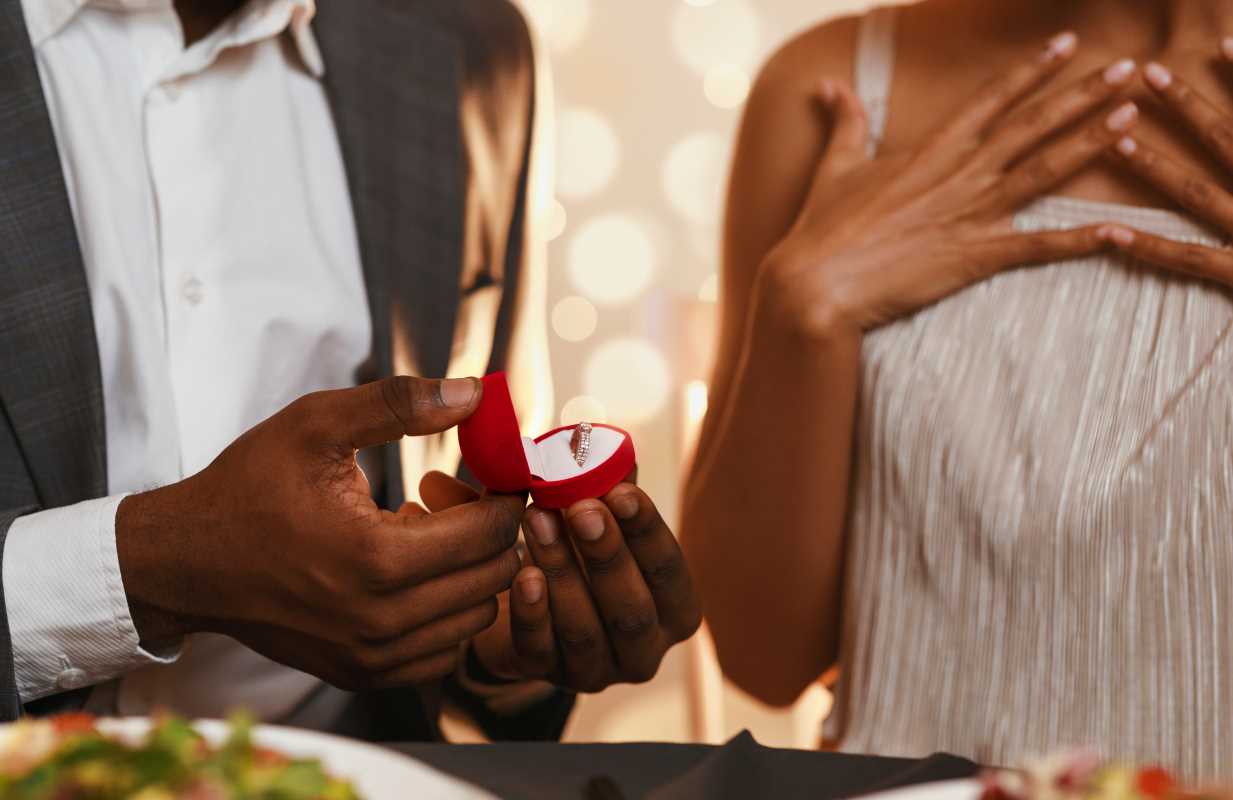Shoes are an essential part of our daily lives, but have you ever considered the benefits of slipping them off and letting your feet connect directly with the ground? Walking barefoot, also known as “earthing,” isn’t just relaxing; it’s a practice with surprising physical, mental, and emotional benefits. When practiced safely within your home, walking barefoot can help enhance your overall wellbeing, strengthen your body, and even boost your mood. Curious how this simple act can make such a difference? Let’s explore the benefits and some tips to get started.
Physical Benefits of Walking Barefoot
Walking barefoot indoors is one of the simplest ways to naturally strengthen your feet, improve your posture, and promote better movement overall.
1. Improved Foot Strength and Flexibility
When you walk without the support of shoes, your feet are forced to move more naturally. This engages the small muscles in your feet that are often underutilized due to cushioned insoles and arch supports. Over time, barefoot walking can help strengthen these muscles, improve flexibility, and even reduce the risk of foot problems like bunions or fallen arches.
2. Better Posture and Alignment
Walking barefoot allows your feet to interact more directly with the ground. This natural contact helps align your body from the ground up, reducing strain on your ankles, knees, hips, and back. Without shoes altering your gait or adding unnecessary height, you may notice your posture feels more upright and balanced.
3. Enhanced Balance and Stability
Your feet are packed with sensory receptors that provide important feedback to your brain about your body’s position. When you walk barefoot, these receptors are more engaged, helping you improve coordination and balance. This can be especially beneficial over time, particularly for older adults looking to maintain stability and reduce the risk of falls.
4. Improved Circulation
Without the constrictions of tight shoes, blood can flow more freely to your feet and toes. This can help reduce swelling and encourage overall foot health, particularly if you spend long hours sitting or standing throughout the day.
Mental and Emotional Benefits
Beyond the physical perks, walking barefoot at home has a grounding effect that ties into your mental and emotional well-being.
1. Stress Reduction
The simple act of connecting your bare feet to the ground can have a calming effect on your nervous system. Some studies suggest that barefoot walking may help lower cortisol levels, the hormone associated with stress. It’s a way to slow down, feel present, and experience a moment of mindfulness.
2. Enhanced Mood
Walking barefoot can activate sensory nerves on the soles of your feet, stimulating a natural relaxation response. Some people report feeling a boost in mood and energy after just a few moments of walking barefoot.
3. Grounding Effects
The concept of “grounding” refers to the idea that connecting directly to the Earth’s surface can help balance the body’s energy and reduce feelings of disconnect. While this is more commonly practiced outdoors, going barefoot at home on natural materials like wood or stone can still help you feel rooted and centered in your own space.
How to Transition to Barefoot Walking
If you’re not used to walking barefoot, it’s important to transition gradually to ensure both your feet and your home are prepared. Here are some helpful tips to ease into this practice safely.
1. Start Slowly
If your feet aren’t accustomed to being without shoes, begin by walking barefoot at home for short periods each day. Gradually increase the duration to give your muscles, tendons, and ligaments time to adjust.
2. Prepare Your Flooring
Ensure your floors are free of debris, sharp objects, or anything that could cause injury. If you have hard flooring, consider placing rugs or mats in high-traffic areas to provide a softer landing for your feet.
3. Strengthen Your Feet
Stretch and exercise your feet to help them adjust to barefoot walking. Toe stretches, foot rolls, and simple exercises like picking up small objects with your toes can all help prepare your feet.
4. Monitor for Discomfort
It’s normal to feel a bit of soreness as your feet adapt, but sharp pain or persistent discomfort could indicate an issue. Listen to your body and take breaks as needed.
Tips for Enhancing Your Barefoot Experience
To make this practice even more beneficial, consider creating an optimal environment for walking barefoot at home.
- Go Natural: Walking on natural materials like wood, stone, or cork feels more grounding than synthetic surfaces like carpet.
- Soft Surfaces for Transition: If hard floors feel too harsh, start with a yoga mat or cushioned rug to ease into barefoot walking.
- Try Foot Massages: Before or after walking barefoot, massage your feet with a tennis ball or foot roller to release tension and improve circulation.
- Experiment with Barefoot Activities: Incorporate barefoot walking into yoga, stretching, or light exercises at home for added benefits.







